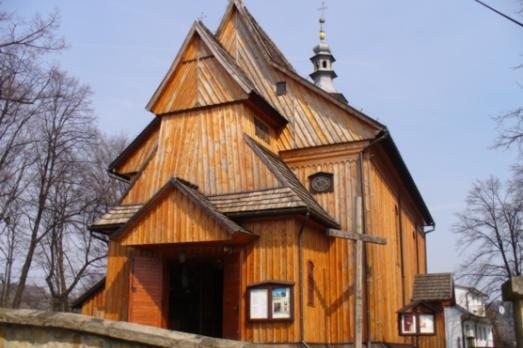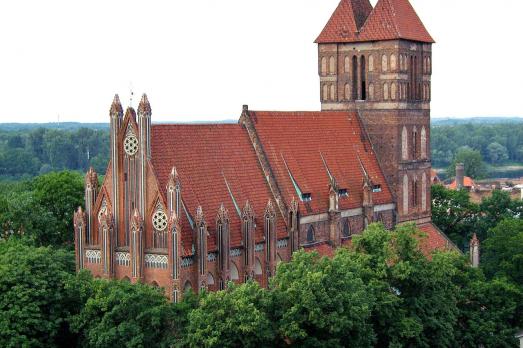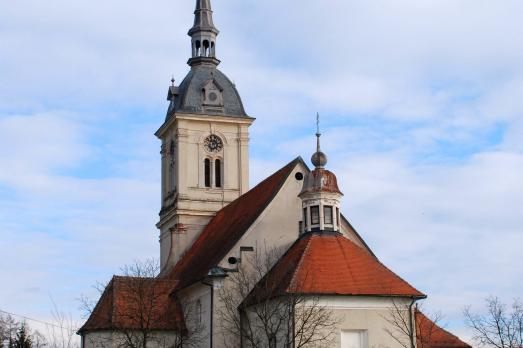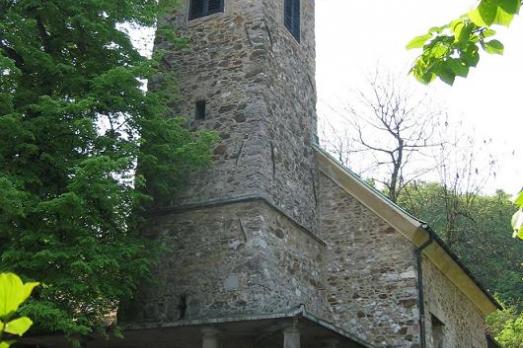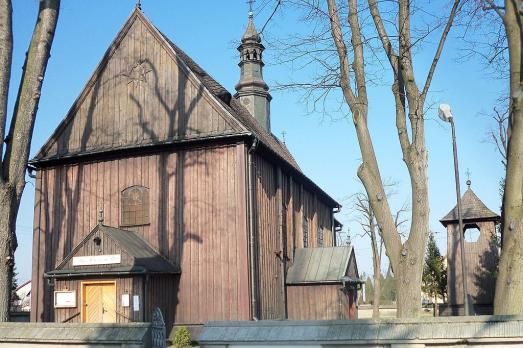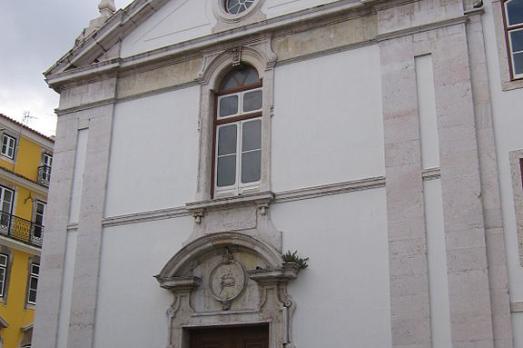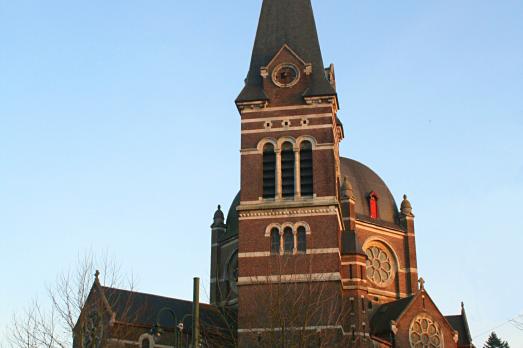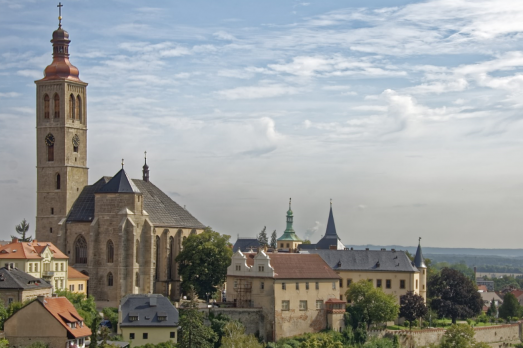
Church of St. James the Elder
Kutná Hora, CZ
The Church of St. James the Elder is a Gothic church built between the 14th and 15th centuries. Over the years, the church has been repaired and partially rebuilt several times. The roof was repaired in 1650 and after two hundred years, slate was once again chosen for the roof. Frequent repairs were necessary for the north tower, which was struck by lightning on several occasions. The last complete restoration of the church dates back to the 1940s. In 1995, together with other monuments in the historic centre of Kutná Hora, it was included in the UNESCO World Heritage List.
